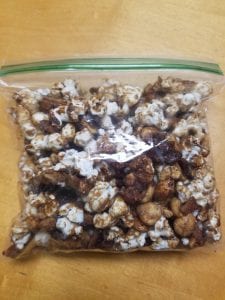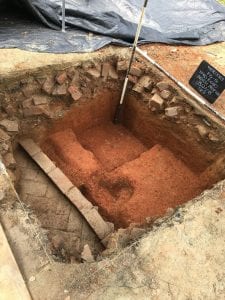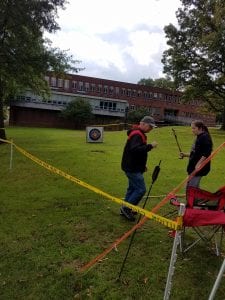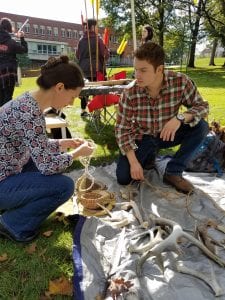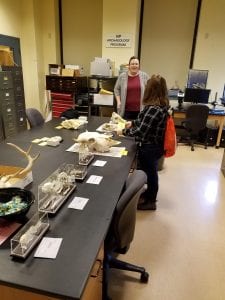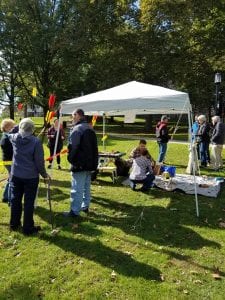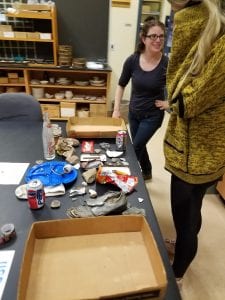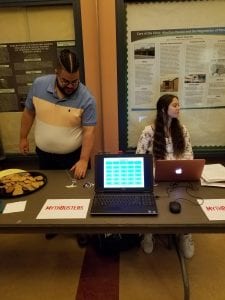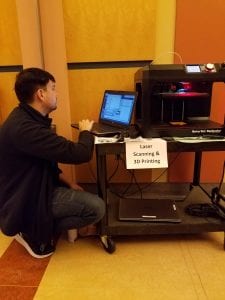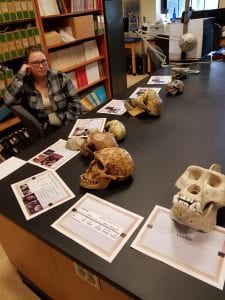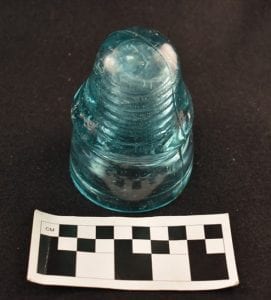All credit of this post goes to the president of the Society for American Archaeology, Susan M. Chandler, RPA. I would have preferred to post a link to this statement in light of the recent government shutdown, unfortunately I could not find such a link. For clarification, this piece comes from the most recent (Jan 2019) edition of the Society for American Archaeology’s Government Affairs and International Government Affairs newsletter compiled by David Lindsey. I post this today with the intent of providing one of many viewpoints of the recent government shutdown. Within the foreseeable future, we hope to have a companion piece authored and posted by a source from within the CRM industry to present an additional narrative.
At long last, the government shutdown is over – at least for now. Furloughed government workers are returning to a backlog of missed work and are assessing what damage may have been caused to cultural resources while they were away.
In contrast to previous shorter shutdowns, the Department of Interior recalled 800 employees to issue drilling permits during the shutdown. According to the Western Organization of Resource Councils, 224 oil and gas drilling applications were processed, 22 permits were approved, 15 oil and gas leases were sold, and thousands of acres of subsurface mineral rights were leased during the shutdown. In contrast, no federal archaeologists were available to process archaeological permits, review reports, or analyze potential impacts to cultural resources from energy extraction or other projects. Cultural resource consultants who rely on federal contracts, federal permits, or federal compliance review were also impacted by the government shutdown, as were university programs receiving federal funding.
SAA’s 2015 member needs assessment survey revealed that roughly 7 percent of SAA members (roughly 500 archaeologists) work for the federal government, and an even larger number of members do the bulk of their archaeological work on federal lands or with federal funding or permits. The American Cultural Resource Association is compiling shutdown stories to share with legislators about how the shutdown affected archaeologists’ ability to do our jobs. If you have a shutdown story, please share it at https://www.acra-crm.org/acrasphere/7135390/Reply?replyTo=7135390#7135390.
I have received some feedback asserting that SAA was wrong to have taken a stance against funding for the border wall when urging members to contact their Senators to end the shutdown. I want to clarify that our opposition to the wall is based on the very real threat that construction of a border wall – or border fence – will be done without any archaeological surveys or mitigation of impacts to archaeological sites. In August 2018, the Coalition for American Heritage (CAH) filed comments with the Customs and Border Patrol regarding their decision to waive crucial preservation and environmental laws to expedite the construction of 33 miles of fencing in the Rio Grande Valley along the U.S. – Mexico border, stating “This decision will endanger irreplaceable cultural heritage resources, including numerous archaeological sites that would otherwise be considered prior to construction.” We have every reason to believe that, should the administration receive funding to build additional segments of border walls, they will continue to waive national historic preservation and environmental laws to expedite construction.
SAA will continue to advocate with the new Congress for continued adherence to existing federal legislation protecting cultural resources, for stronger laws to safeguard against the export of looted antiquities, and for adequate funding for cultural resource programs. We are optimistic that the new Democratic leadership in the House will be receptive to our message and will continue to reach across the aisle to key Republican members of Congress to assist us in our efforts.
Susan M. Chandler, RPA
President
Again, we hope to have a companion piece posted soon to provide an additional narrative of the effects of such a shutdown.
